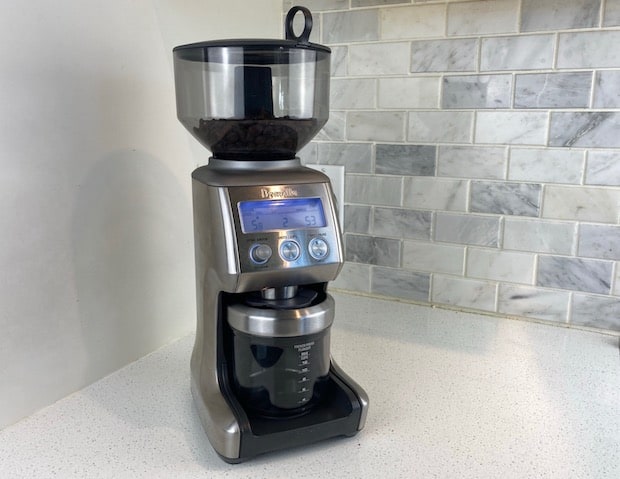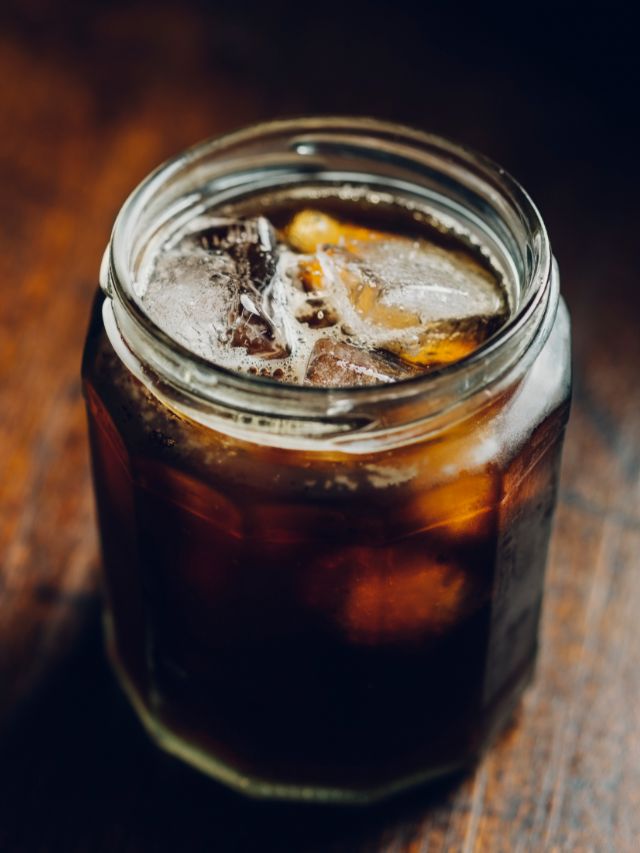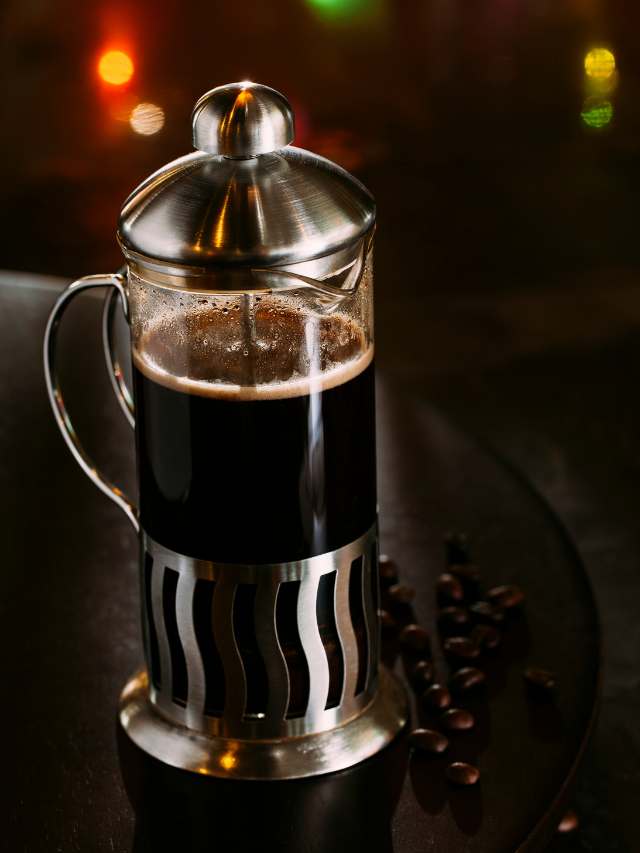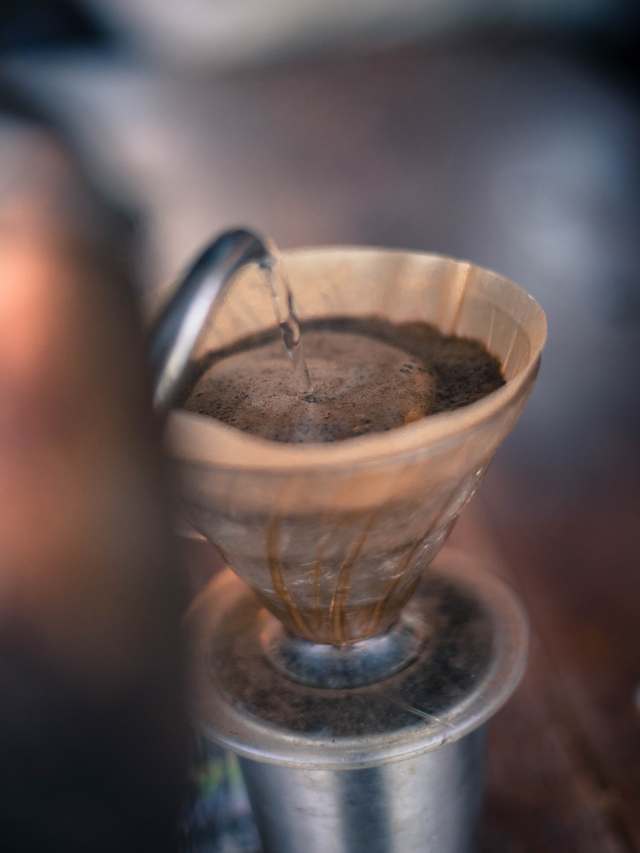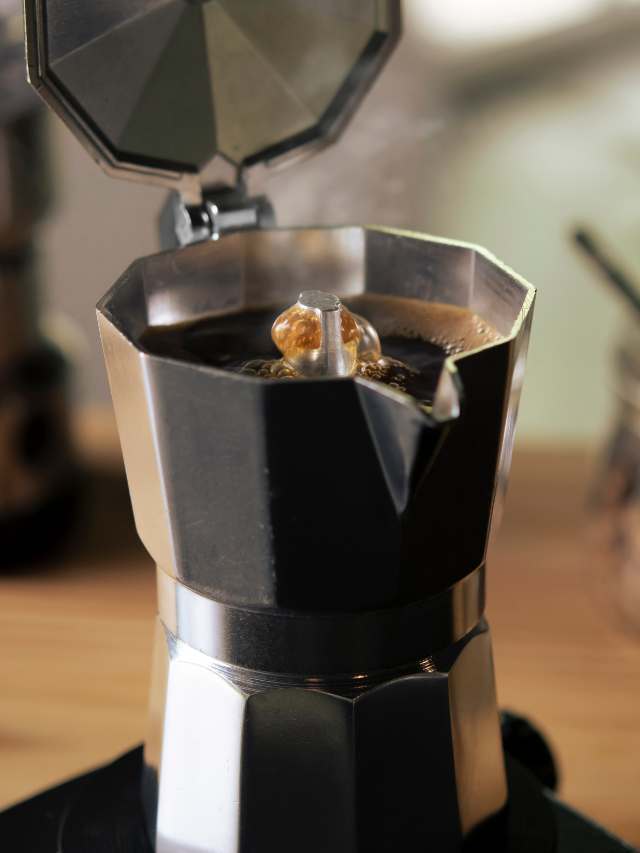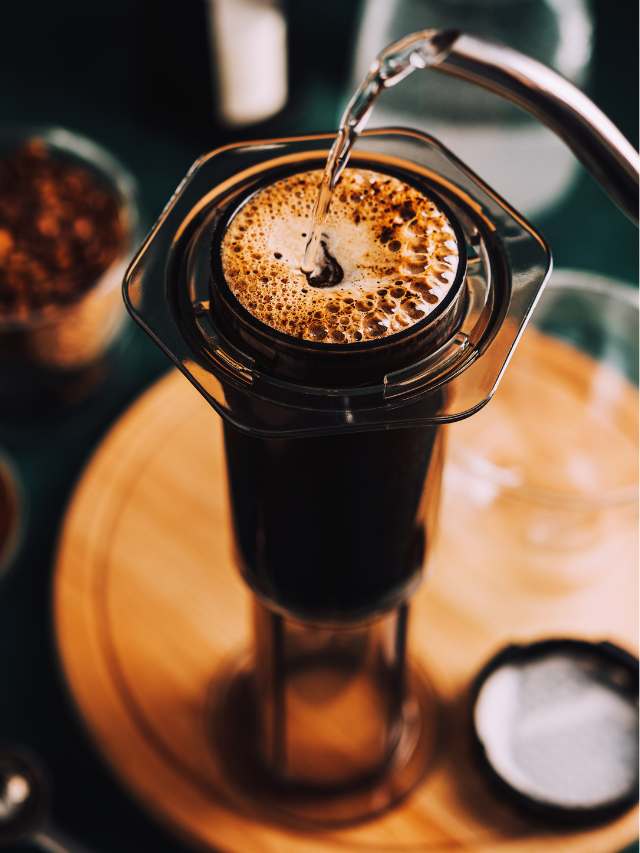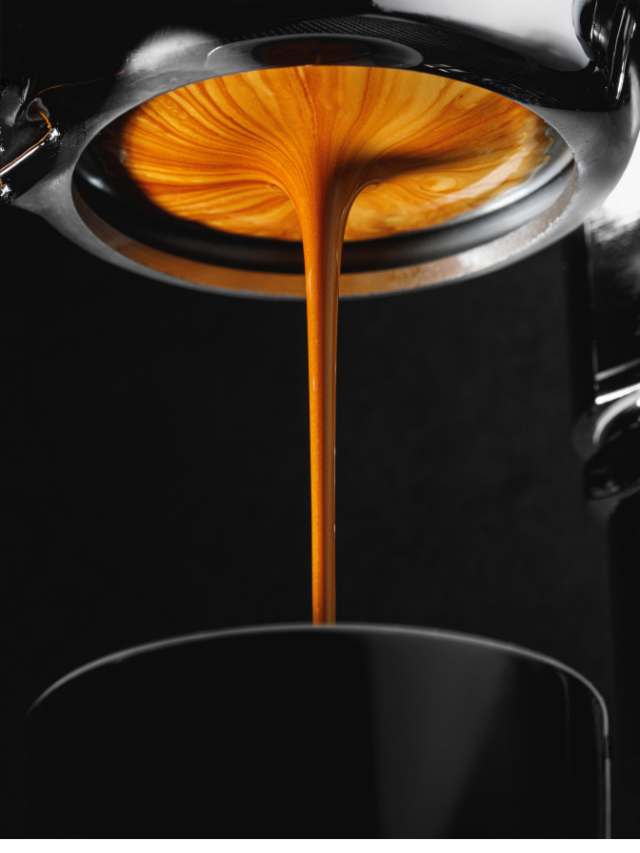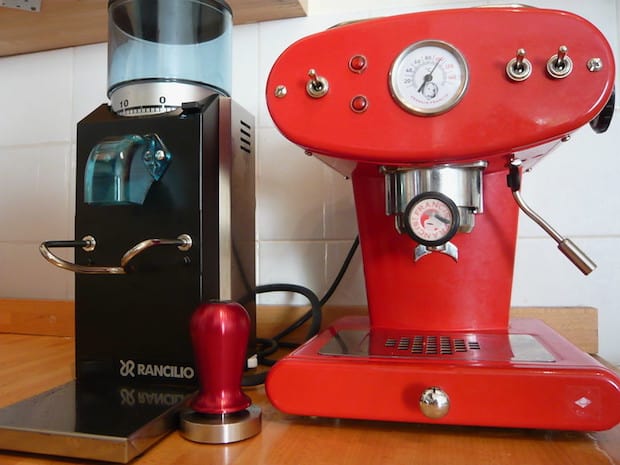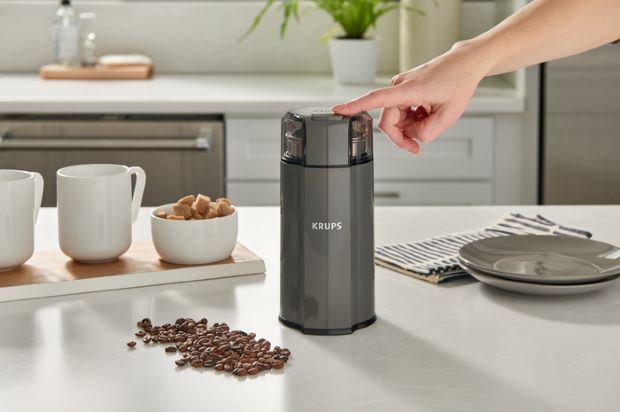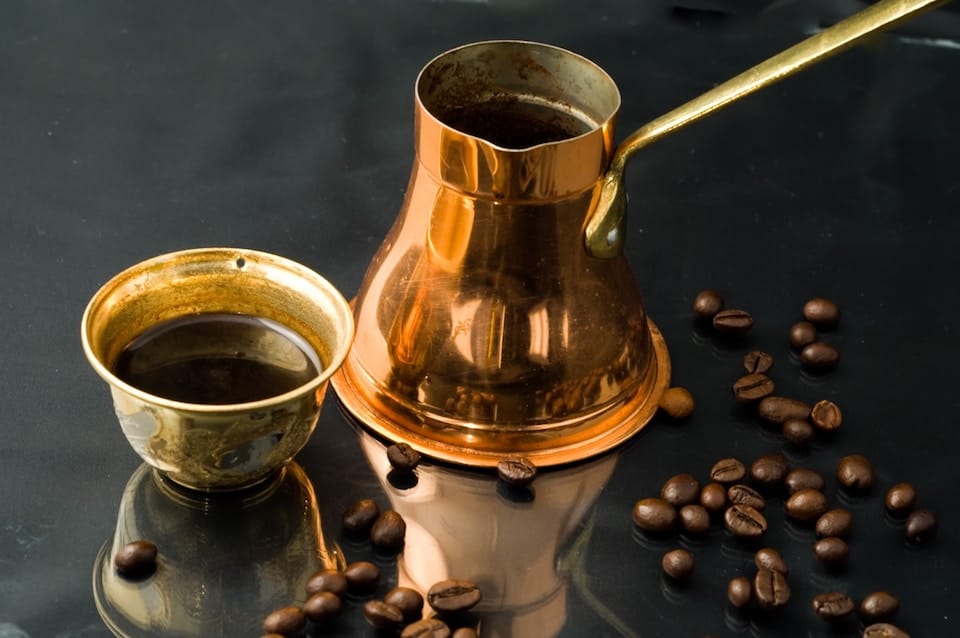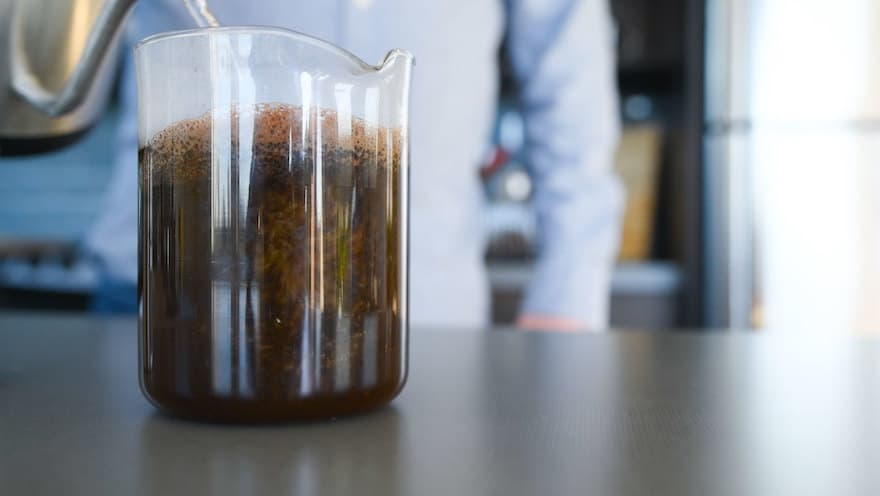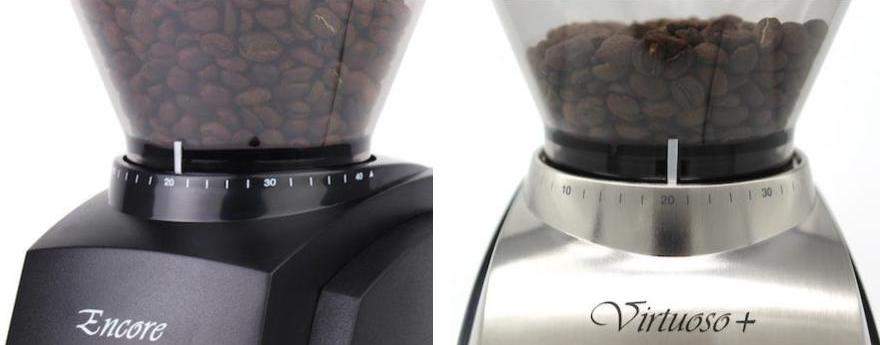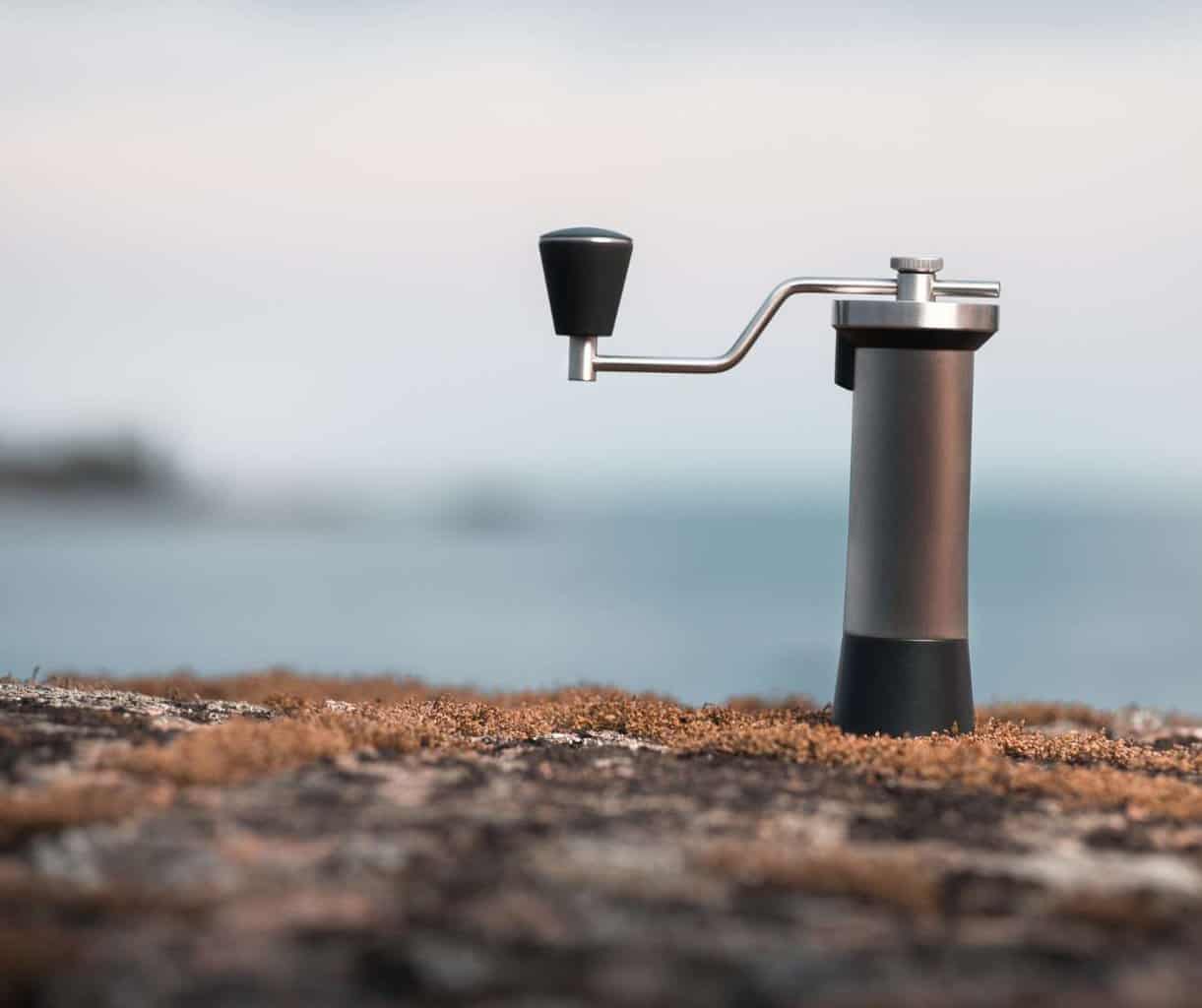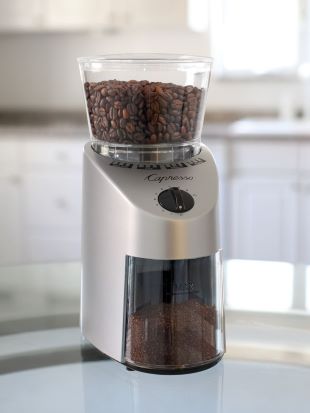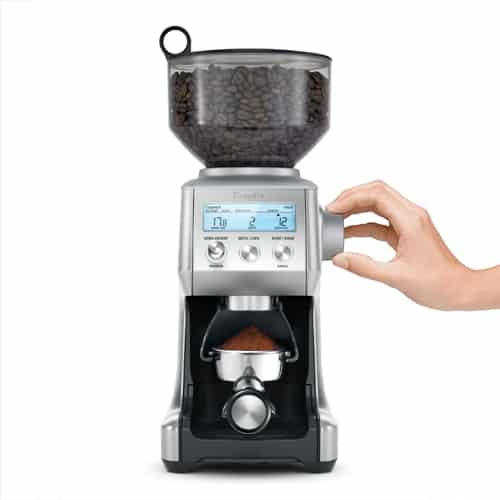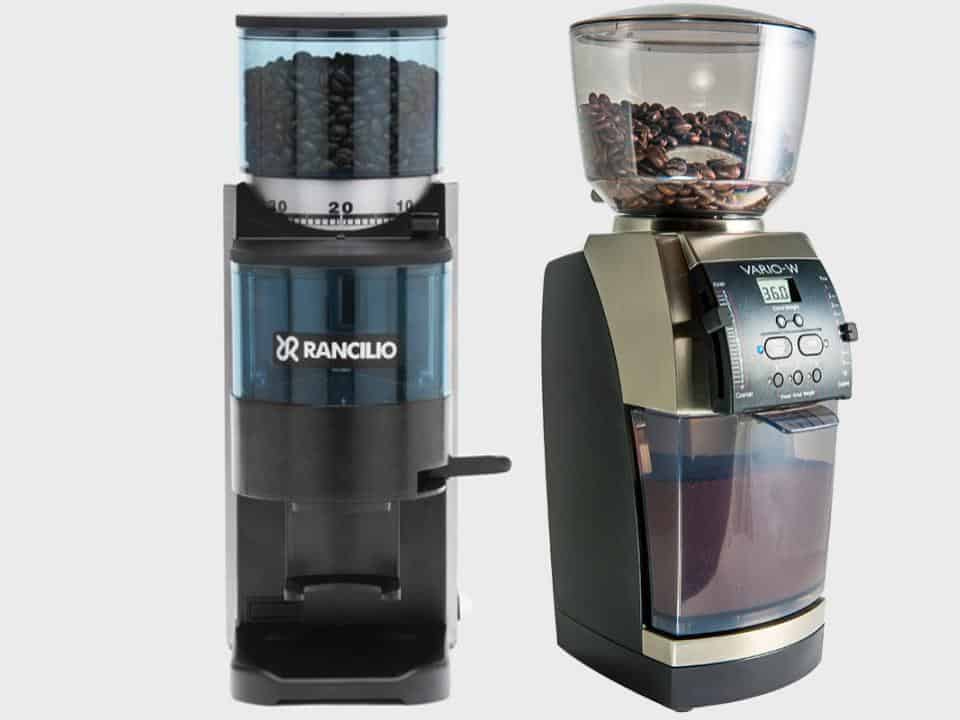
Grinding Your Coffee Beans
When you brew coffee, the grind of your beans isn’t just a step in the process. It’s a make-or-break factor that determines success.
The right grind can elevate a good coffee to greatness, while the wrong one can turn even the finest coffee beans into a disappointing brew.
This guide explores how the grind influences flavor, and why it’s essential to get it right.
Why a Consistent Grind Size is So Important
You want uniform coffee grounds. By uniform, I mean the particles are very close to each other in size and shape. If you can achieve this with your grind, then each particle will be extracted at approximately the same rate, leading to a balanced and harmonious flavor throughout your cup.
Inconsistent grind size creates a discordant extraction. Larger particles are under-extracted, producing sour notes. Smaller ones are over-extracted, introducing a bitter taste.
The uniformity of your grind ensures a smooth, enjoyable cup where every sip is a testament to the coffee’s inherent qualities.
Your Brewing Method Should Dictate Your Grind Size
Different brew methods require different grind sizes, each tailored to the unique demands of the technique.
Brewing coffee is a delicate dance of variables. Grind size is the lead partner. It dictates how quickly the water should flow and how long the beans should remain in contact with it.
What Happens When the Grind is Too Coarse
A grind that’s too coarse for the chosen method leads to under-extraction. Water travels too swiftly through large particles with large gaps between them, leaving much of the coffee’s potential flavor untapped. The result is a weak, watery cup that lacks the depth and nuance of properly extracted coffee.
What Happens When the Grind is Too Fine
On the flip side, a grind that’s too fine can lead to over-extraction. Water struggles to pass through the dense, finely ground coffee. Because coffee and water are in contact for so long, excessive bitterness is pulled out and it overshadows the subtle, desirable flavors. The resulting brew is often harsh and unpalatably bitter.
Why You Should Invest in a Quality Grinder
Most people who are into coffee will tell you that getting their first quality grinder was the thing that changed the game for them. It certainly was for me. It is so important for achieving the perfect grind. A good grinder doesn’t just chop beans, it grinds them with precision and consistency, and those are non-negotiable for great coffee.
If you are serious about enjoying better coffee but you’re still hacking your beans apart with a blade grinder, this should be your priority.
Why a Burr Grinder Beats a Blade Grinder
Coffee grinders fall into two main categories: burr grinders and blade grinders.
Burr grinders are better.
The superiority of burr grinders lies in their grinding mechanism. Burr grinders use two revolving abrasive surfaces to grind the beans. The space between these surfaces can be adjusted with precision, ensuring uniformity at the grind size you want.
Blade grinders simply spin like a food processor and chop beans unevenly, resulting wildly inconsistent grounds. This inconsistency translates directly to uneven extraction and a subpar coffee experience.
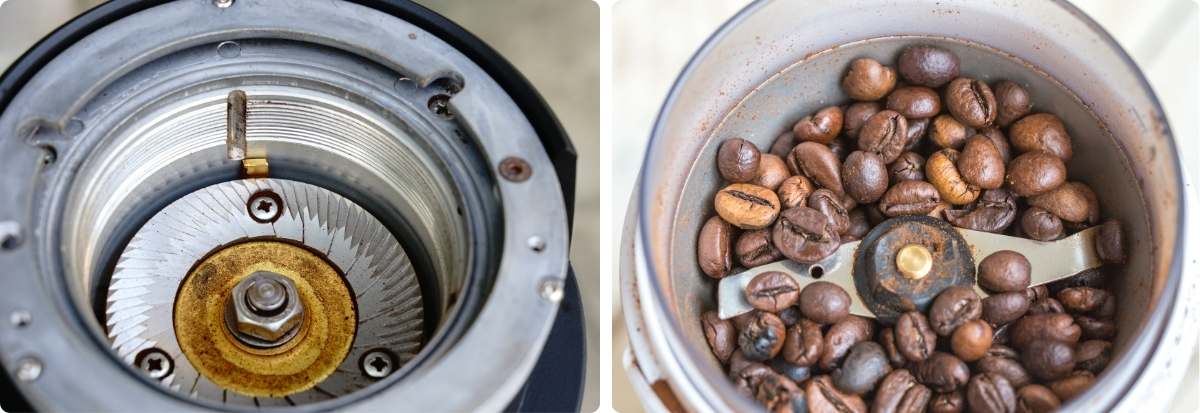
But Aren’t Burr Grinders Really Expensive?
Some burr grinders can be pricey, but there are also affordable options. Manual burr grinders that you crank with your hand can offer the same consistency and precision at a fraction of the cost. They might require a bit more effort, but the payoff is a superior cup of coffee that truly honors the beans’ inherent qualities.
Remember, the grind is a foundational element that has a huge influence over the quality of your brew. Understanding and mastering grind size and consistency is essential if you want to unlock the full potential of your beans.
Whether you prefer a robust espresso or a mellow French press, it all starts with the grind.
More on Grinders and Grinding
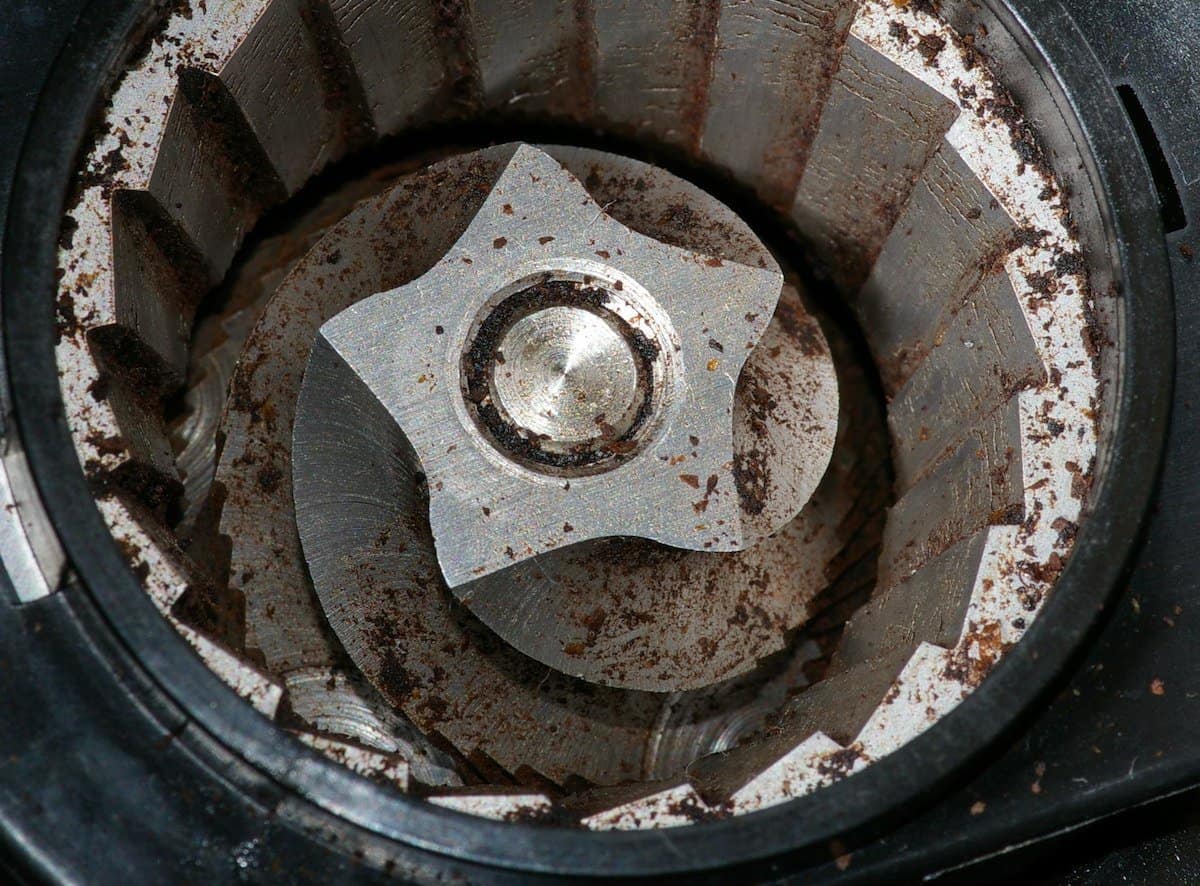
Grinder Seasoning: What’s The Point?
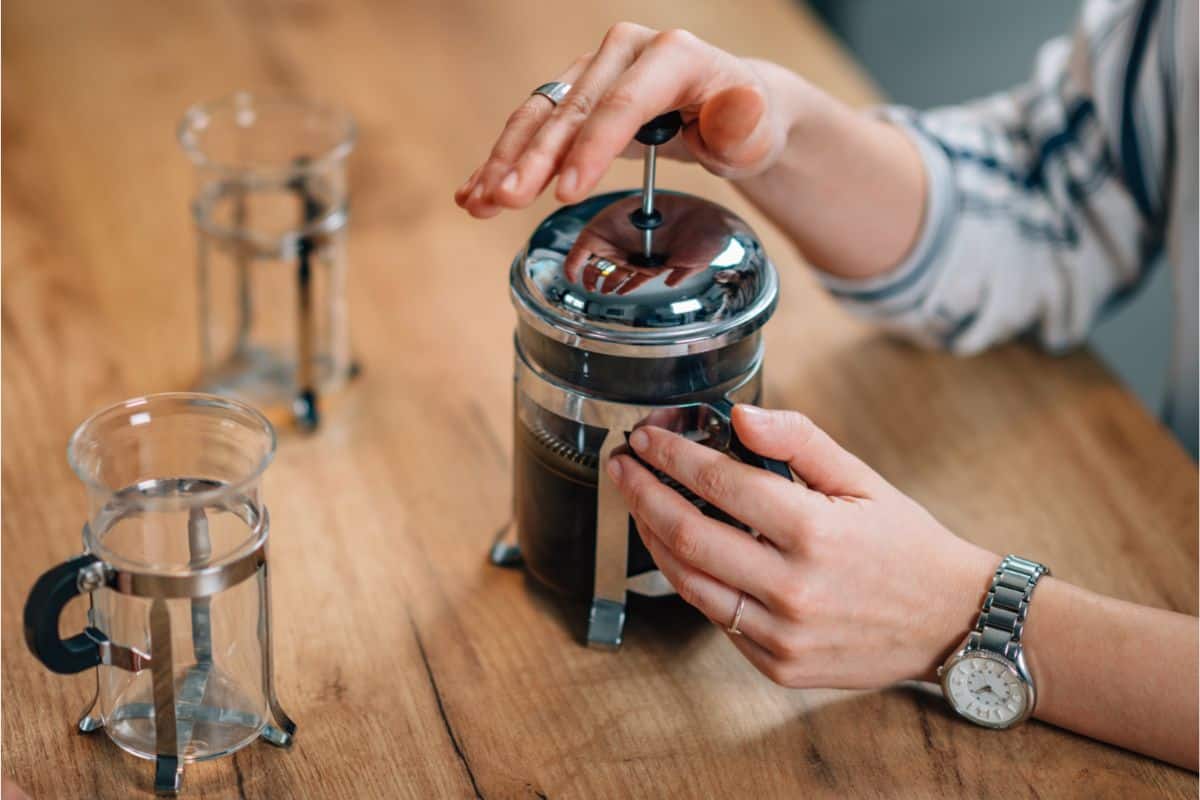
How to Use Fine Ground Coffee in a French Press
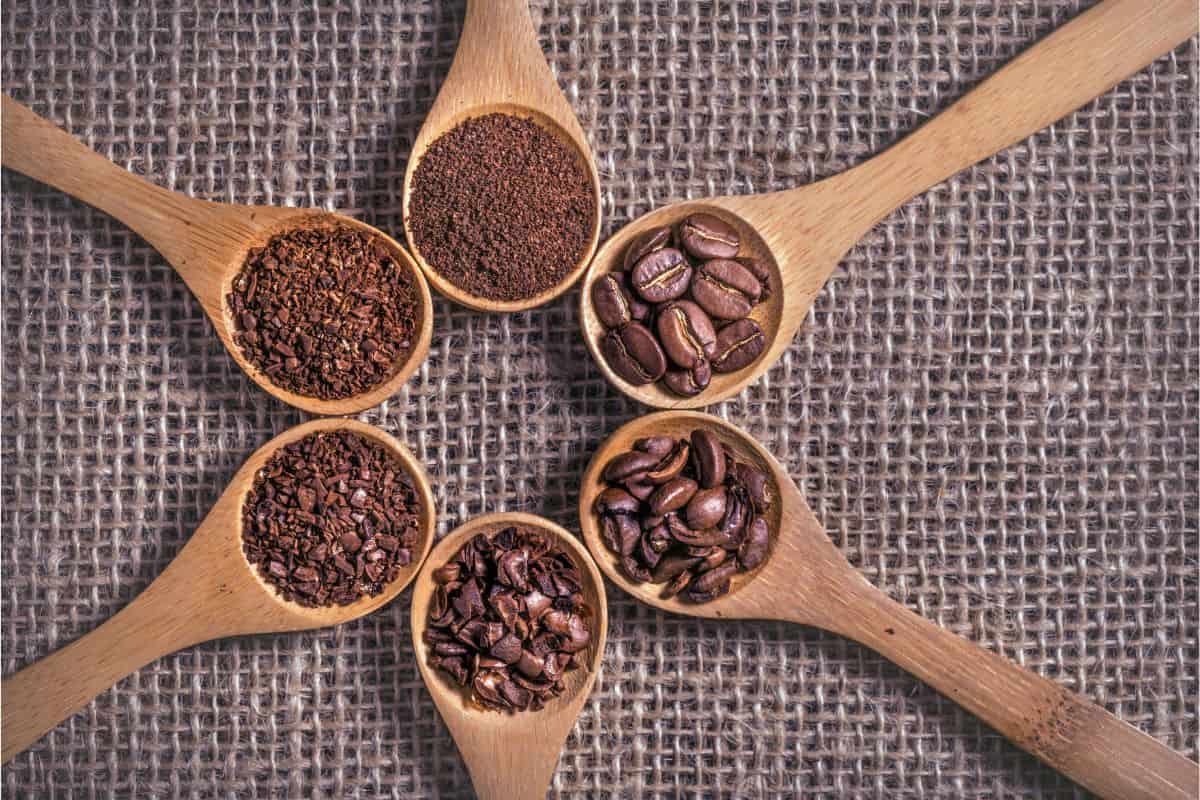
French Press Grind Size Should Be Coarse and Consistent
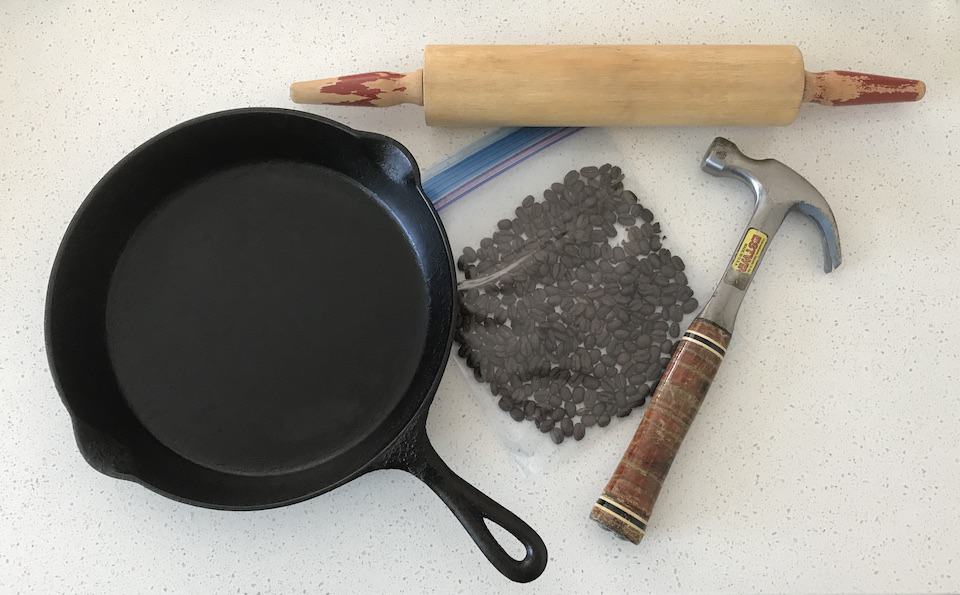
13 Easy Ways to Grind Coffee Beans Without a Grinder
